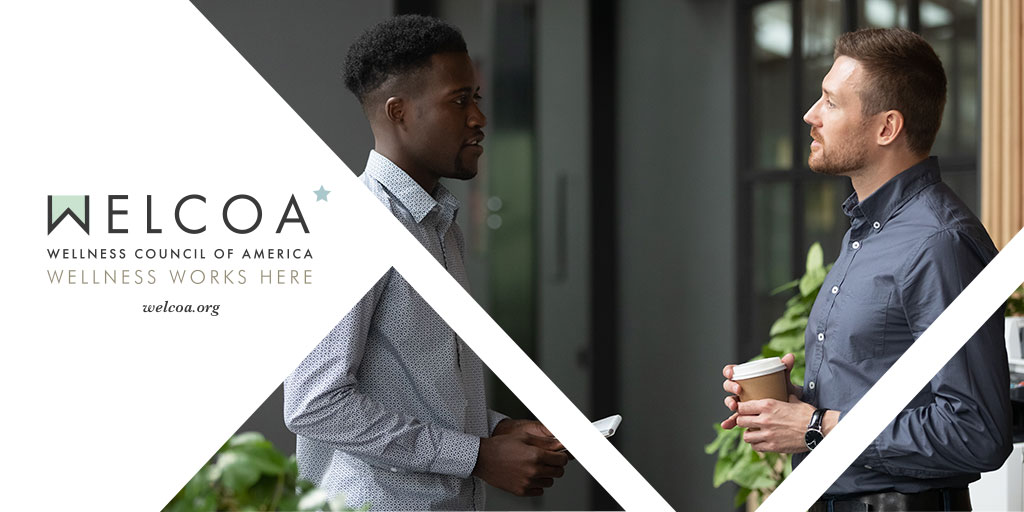By: Sara Martin, Interim CEO, WELCOA
To be a successful wellness organization, it’s imperative for all employees to be validated that they are safe from physical and psychological harm in the workplace. The typical risk management and physical safety protocols are what comes to mind initially, but these are not the only foci of workplace safety. The truth is that trust needs to be at the foundation of any wellness strategy. Right now, the workplace is going through so many changes; employers must ask themselves whether employees feel secure enough to take calculated risks and show vulnerability at work.
If organizational leaders are spending a lot of time worrying about whether employees are getting their work done while at home, it is likely that they lack trust in their employees. If employees are receiving mixed messages about work expectations or protocols, there is a good chance that they don’t trust the organizational leadership.
Balancing the Physical & Psychological
Now more than ever, it is important that organizations learn how to communicate with their people about the pandemic, systemic racism, and the broader social climate in a way that maintains transparency and trust. This can help to promote both physical and psychological safety for employees.
When it comes to physical health and safety, it is important to create protocols that protect employees from exposure to COVID-19, but it is important to balance that with maintaining psychological safety and trust. According to a recent WELCOA blog post by Organizational Psychologist Jeffrey Pfeffer, employee surveillance companies are thriving amidst our uncertain economy. Why? Organizations are demanding tools to monitor how employees spend their time, including employee monitoring software and user-behavior analytics. As we look to the future, it is important to understand the consequences of a hyper-monitored workforce. Pfeffer lays out research that highlights the ways in which surveillance and monitoring not only diminish trust but also can create stress and other health problems.
Take a Look at Your Diversity, Inclusion, and Equity Initiatives
The reality is we live in a country where many groups are expected to assimilate to fit in with the dominant culture. Gender non-conforming employees, women, and People of Color may mask their authentic selves in an effort to be accepted as part of a work team or viewed as more “professional.” What is the psychological impact of a considerable proportion of our workforce not being allowed to show up as their true, authentic selves? In a recent WELCOA Pop-Up Pulse webinar led by Human Resources diversity & inclusion expert Israel Greene, he spoke about how the discrepancy between one’s natural state and adaptive state may result in depression and anxiety. It is hard to foster trust without acceptance.
What Can Organizations Do to Improve Trust?
Here are four strategies from WELCOA’s Toolkit for Navigating the COVID-19 Pandemic and beyond:
- Admit When You Don’t Know. If you don’t have all the information, describe how you are working to get the information and how you will communicate it.
- Be Transparent. If you need to change directions on a previous decision, admit that it wasn’t the solution you had hoped for and discuss how you will move forward.
- Listen. When people feel heard, they feel valued. Involve employees. Listen with an open mind.
- Don’t Micromanage. Be clear on specific tasks and deadlines, then trust employees to handle it on their own.


